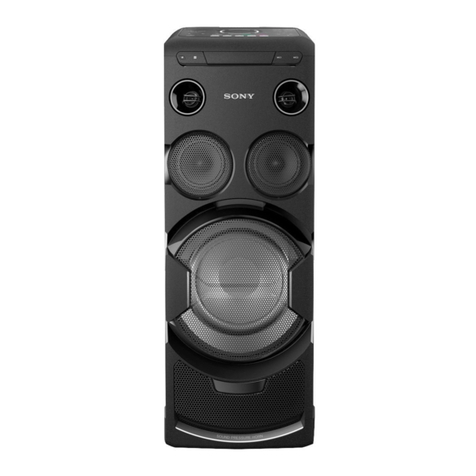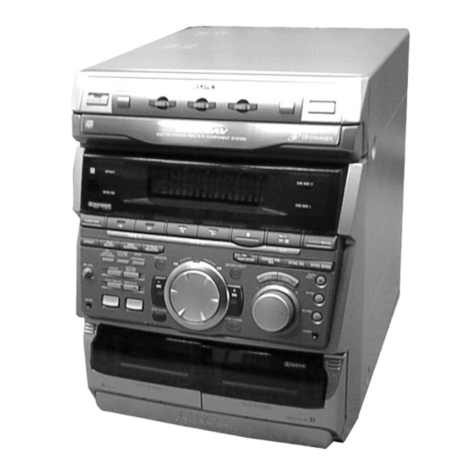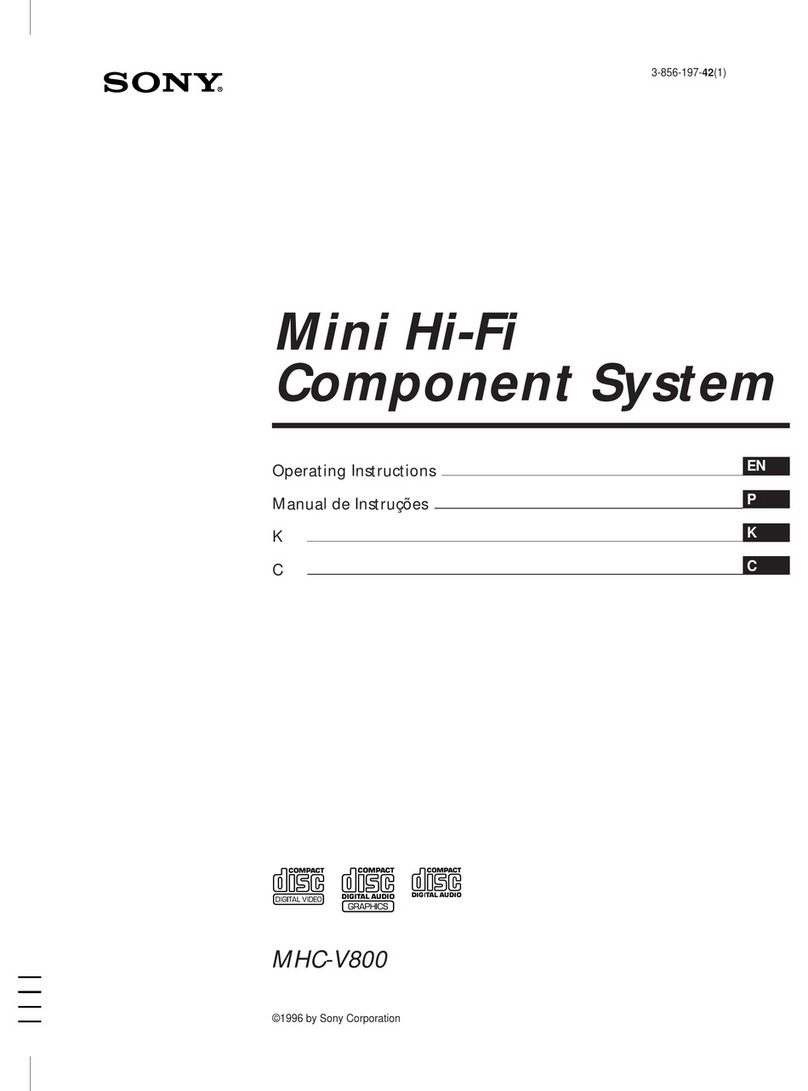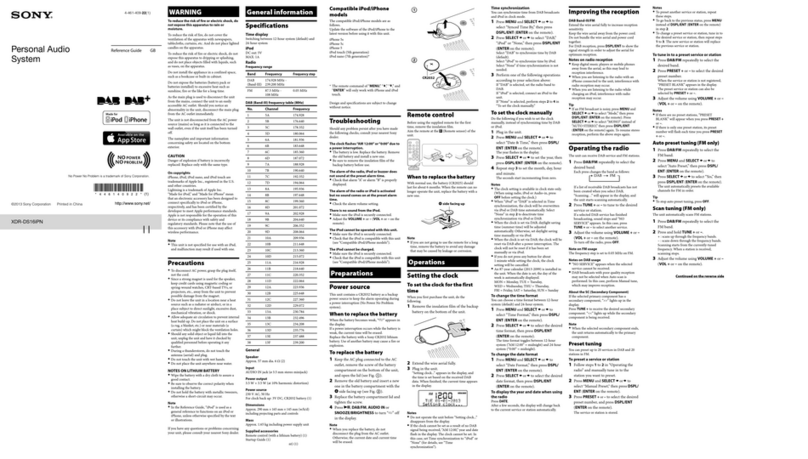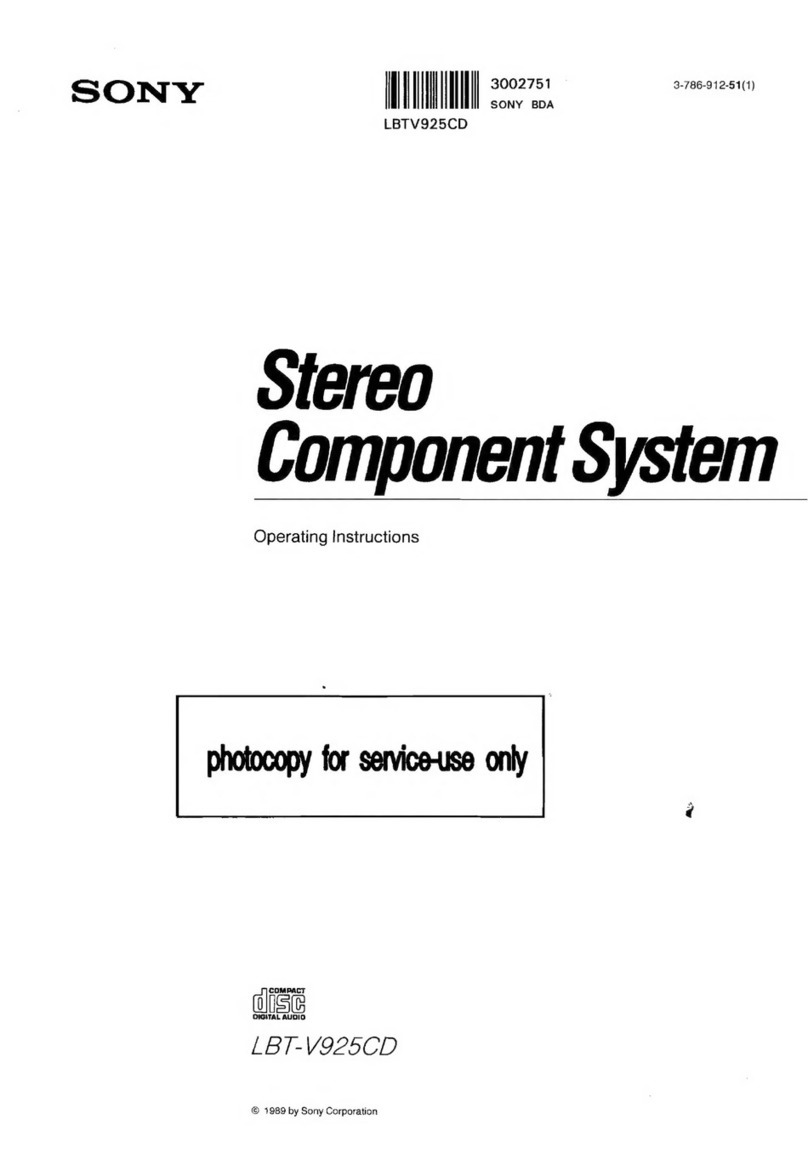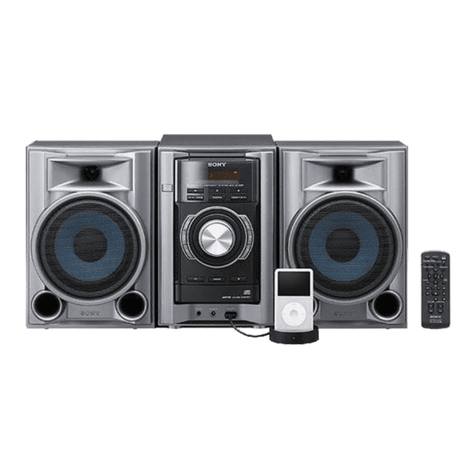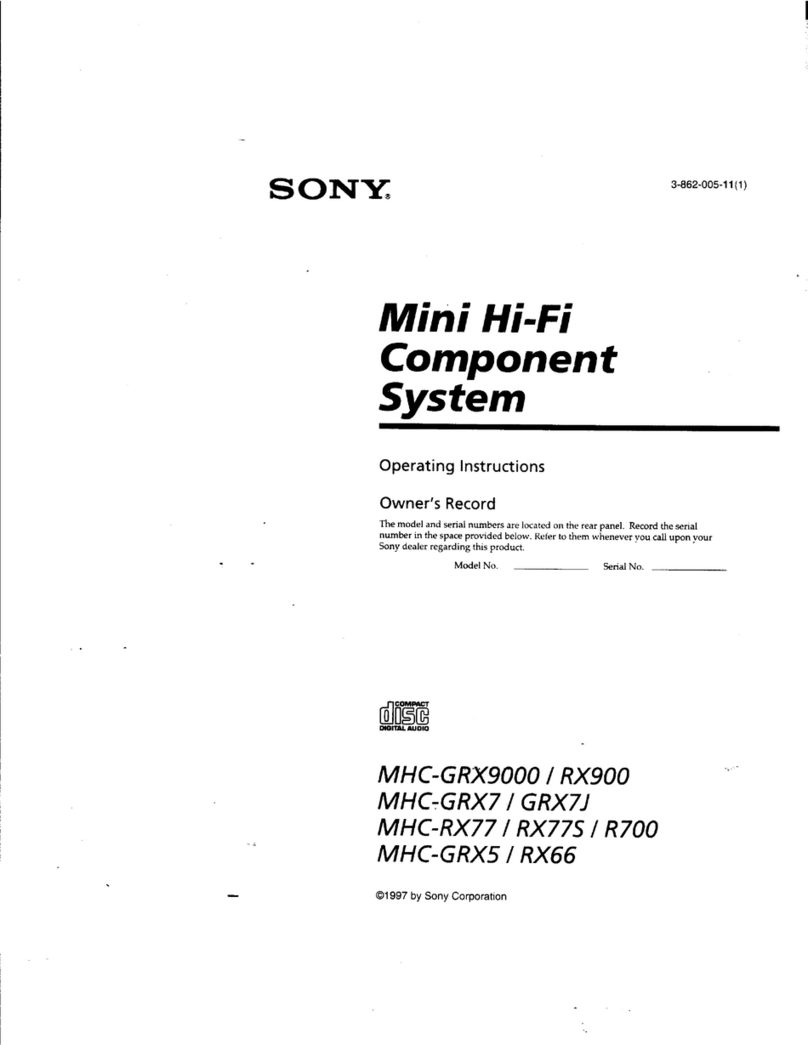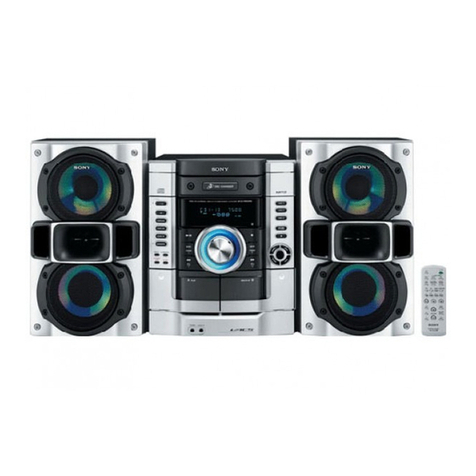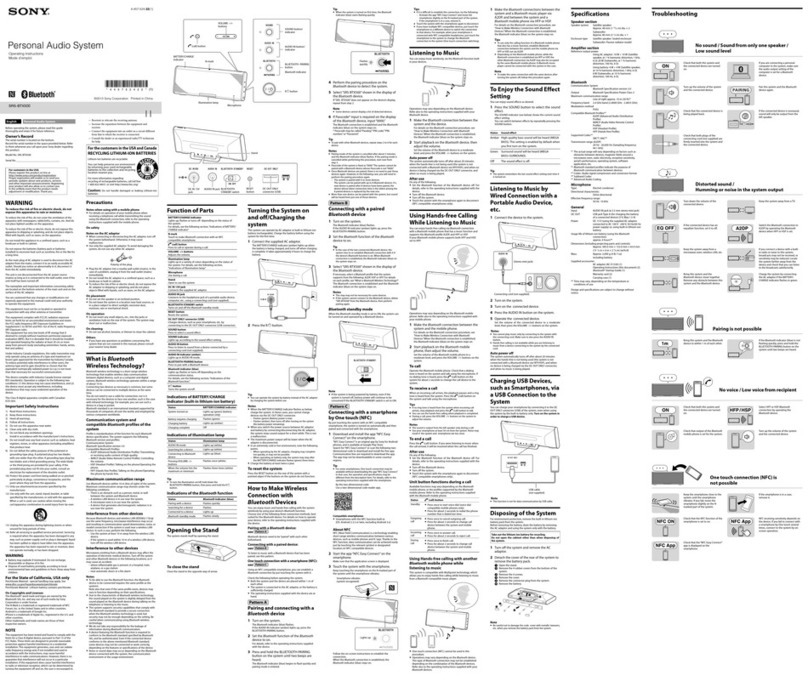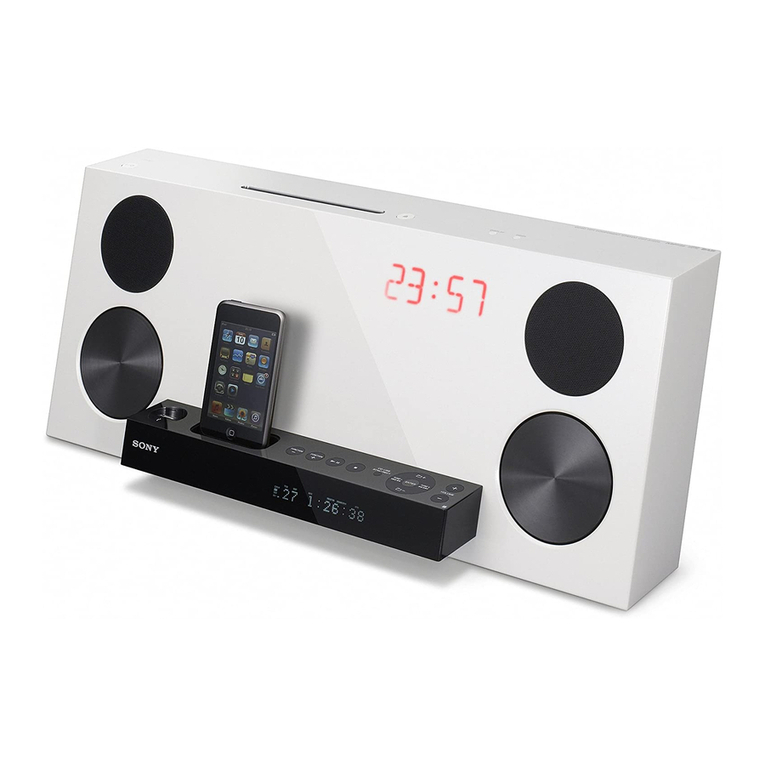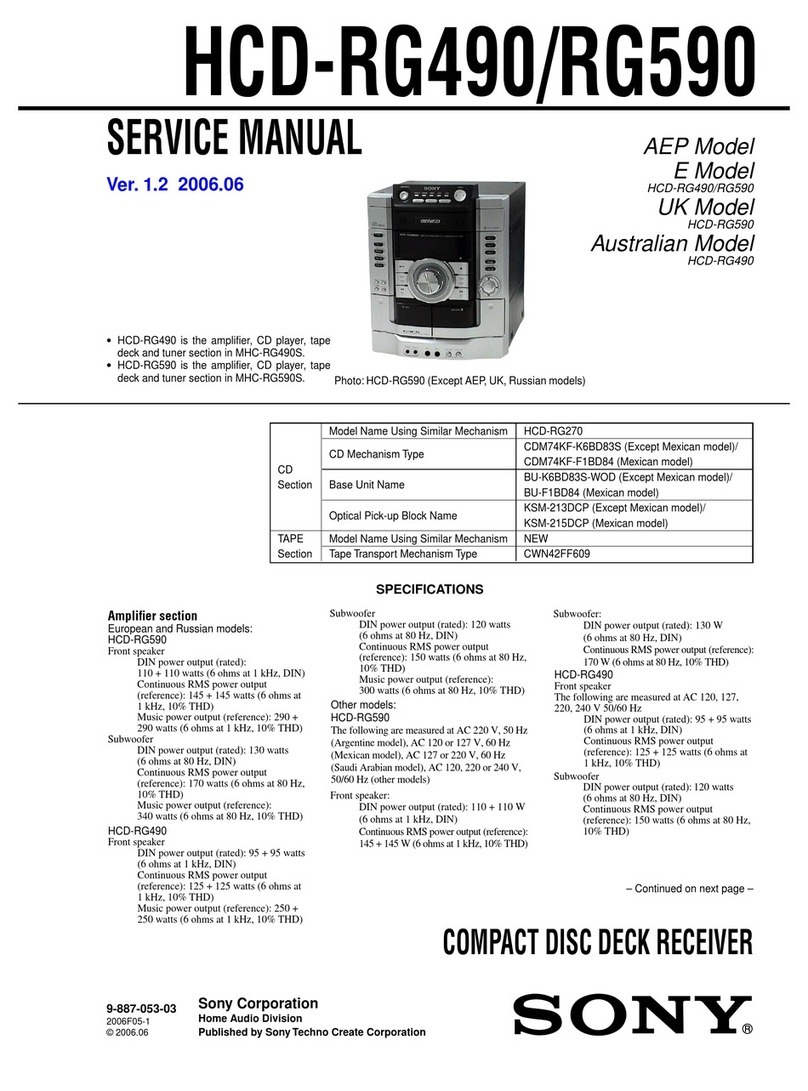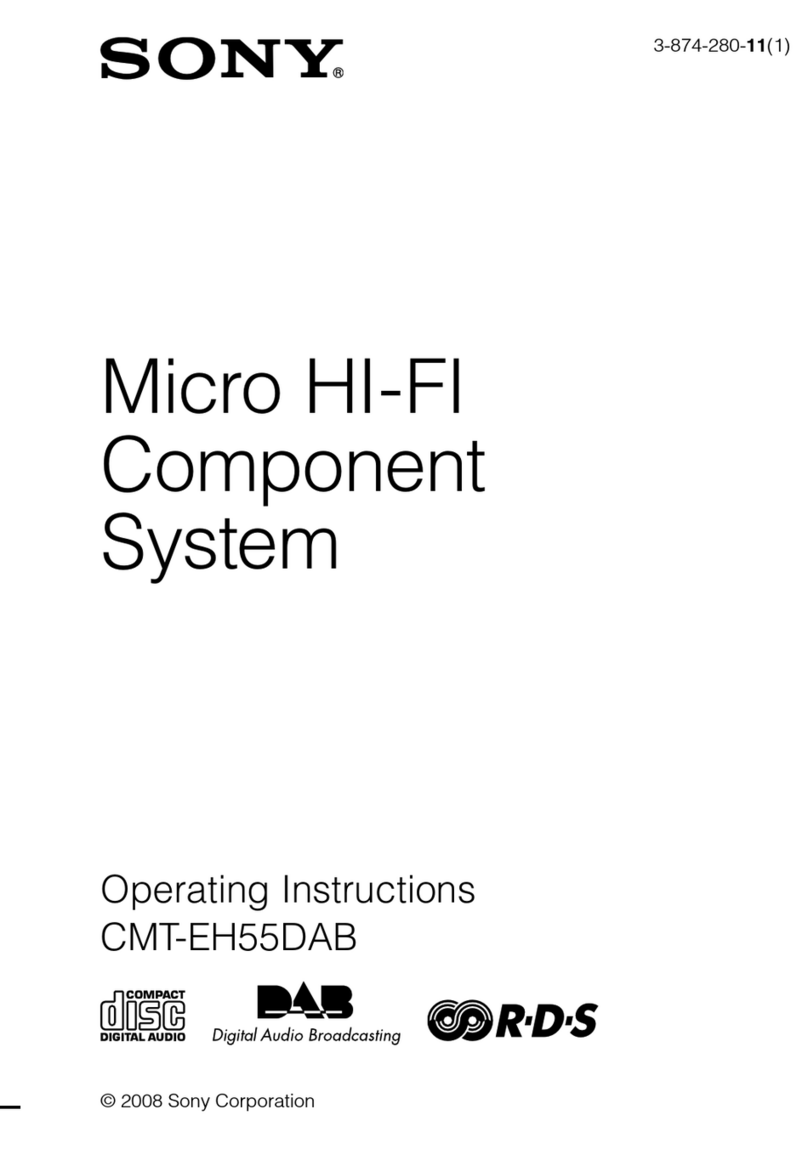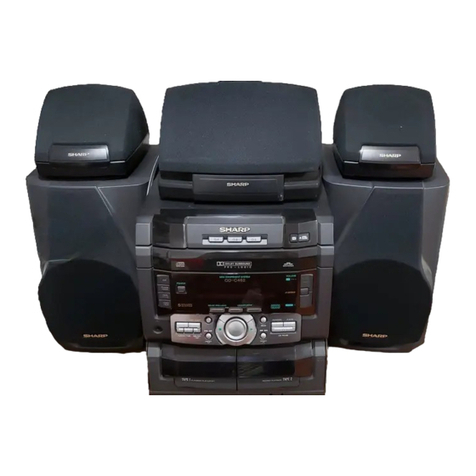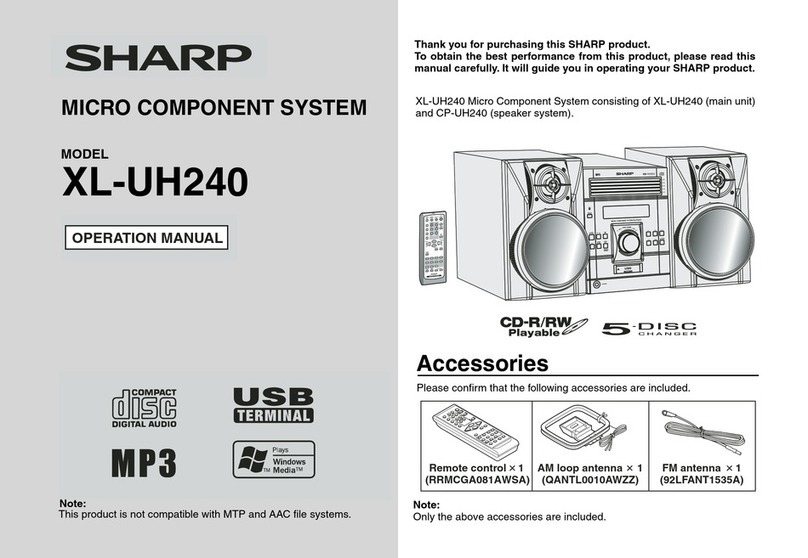4
TABLE OF CONTENTS
SELF-DIAGNOSIS FUNCTION..................................... 2
1. SERVICING NOTES ............................................... 6
2. GENERAL ................................................................... 16
3. DISASSEMBLY ......................................................... 17
4. ASSEMBLY .......................................................... 26
5. TEST MODE.............................................................. 29
6. ELECTRICAL ADJUSTMENTS
MD Section ..................................................................... 35
CD Section ...................................................................... 46
7. DIAGRAMS
7-1. Block Diagram – MD SERVO Section – ....................... 48
7-2. Block Diagram – MAIN Section – ................................. 49
7-3. Block Diagram
– DISPLAY/POWER SUPPLY Section – ..................... 50
7-4. Note for Printed Wiring Boards and
Schematic Diagrams ....................................................... 51
7-5. Printed Wiring Board – BD (CD) Board – ..................... 52
7-6. Schematic Diagram – BD (CD) Board – ........................ 53
7-7. Schematic Diagram – BD (MD) Board (1/2) – .............. 54
7-8. Schematic Diagram – BD (MD) Board (2/2) – .............. 55
7-9. Printed Wiring Board – BD (MD) Board – .................... 56
7-10. Printed Wiring Board
– MAIN Board (Component Side) – .............................. 58
7-11. Printed Wiring Board
– MAIN Board (Conductor Side) – ................................ 59
7-12. Schematic Diagram – MAIN Board (1/4) – ................... 60
7-13. Schematic Diagram – MAIN Board (2/4) – ................... 61
7-14. Schematic Diagram – MAIN Board (3/4) – ................... 62
7-15. Schematic Diagram – MAIN Board (4/4) – ................... 63
7-16. Printed Wiring Board
– AUDIO Board (Component Side) – ............................ 64
7-17. Printed Wiring Board
– AUDIO Board (Conductor Side) – .............................. 65
7-18. Schematic Diagram – AUDIO Board – .......................... 66
7-19. Printed Wiring Boards – CDM Section – ...................... 68
7-20. Schematic Diagram – CDM Section – .......................... 69
7-21. Printed Wiring Boards – PANEL Section – .................. 70
7-22. Schematic Diagram – PANEL Section – ....................... 71
7-23. Printed Wiring Board – LED Board – ........................... 72
7-24. Schematic Diagram – LED Board – .............................. 73
7-25. IC Pin Function Description ........................................... 77
8. EXPLODED VIEWS................................................ 89
9. ELECTRICAL PARTS LIST ............................... 96
ATTENTION AU COMPOSANT AYANT RAPPORT
À LA SÉCURITÉ!
LES COMPOSANTS IDENTIFIÉS PAR UNE MARQUE 0
SUR LES DIAGRAMMES SCHÉMATIQUES ET LA LISTE
DES PIÈCES SONT CRITIQUES POUR LA SÉCURITÉ
DE FONCTIONNEMENT. NE REMPLACER CES COM-
POSANTS QUE PAR DES PIÈCES SONY DONT LES
NUMÉROS SONT DONNÉS DANS CE MANUEL OU
DANS LES SUPPLÉMENTS PUBLIÉS PAR SONY.
SAFETY-RELATED COMPONENT WARNING!!
COMPONENTS IDENTIFIED BY MARK 0OR DOTTED
LINE WITH MARK 0ON THE SCHEMATIC DIAGRAMS
AND IN THE PARTS LIST ARE CRITICAL TO SAFE
OPERATION. REPLACE THESE COMPONENTS WITH
SONY PARTS WHOSE PART NUMBERS APPEAR AS
SHOWN IN THIS MANUAL OR IN SUPPLEMENTS PUB-
LISHED BY SONY.
Error Code Details of Error
10 Loading failed
12 Loading switch combination is illegal
20 Head of PTOC could not be read within the
specified time
21 Head of PTOC could be read but its content is
erroneous
22 Access to UTOC could not be made within the
specified time
23 UTOC could be not read within the specified
3time
24 Content of UTOC is erroneous
30 Playing could not start
31 Content of sector is erroneous
40 Cause of retry occurred during normal recording
41 D-RAM overflowed and retry was executed
42 Retry was executed during the writing to TOC
43 S.F editing was interrupted by retry
50 Address could not be read except in access
processing
51 Focusing failed and it is out of control
60 Unlock retry
Table of Error Codes

